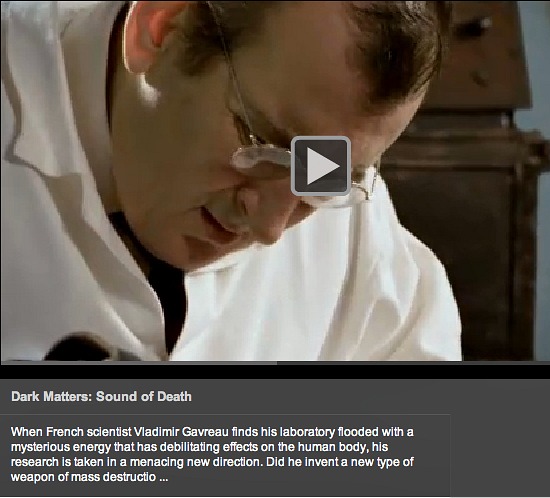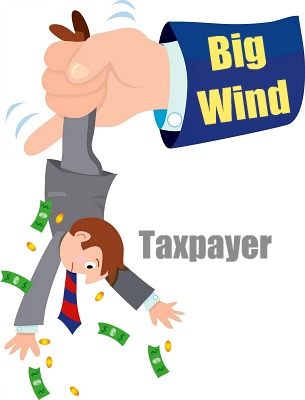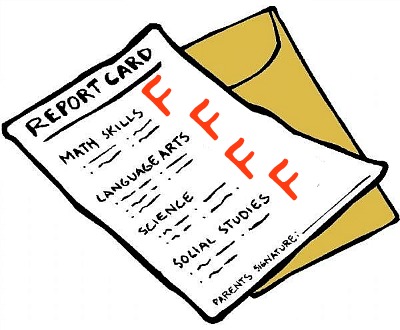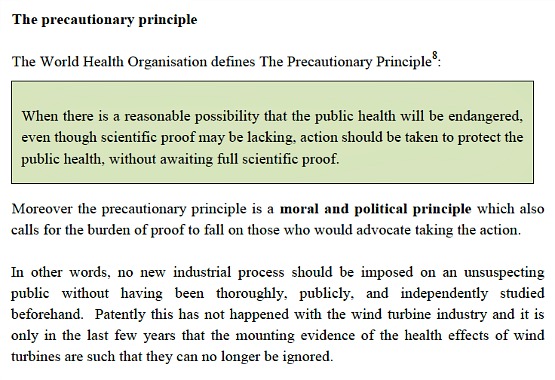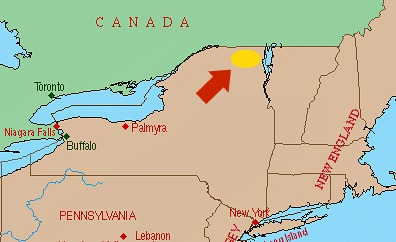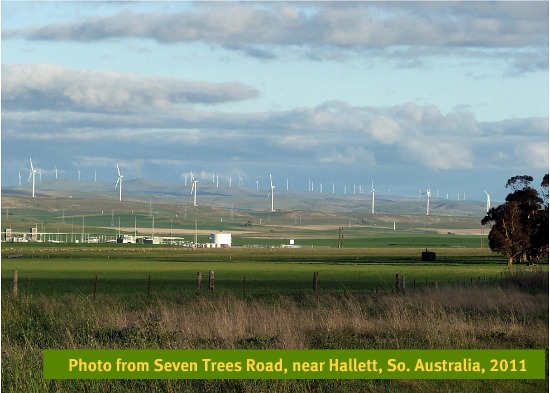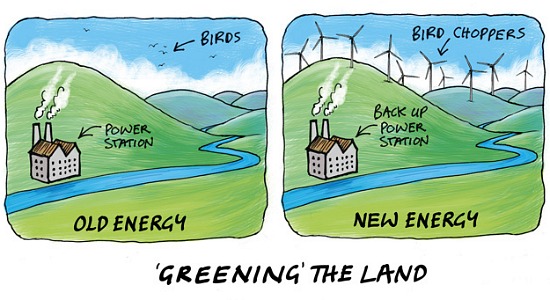Ontario & Québec soon to be drinking “treated” frack water?
Cuomo-backed plan would dump “treated” frack effluent into Lake Ontario
Tens of millions of people, including those living in Rochester and Toronto, draw their drinking water from Lake Ontario
.
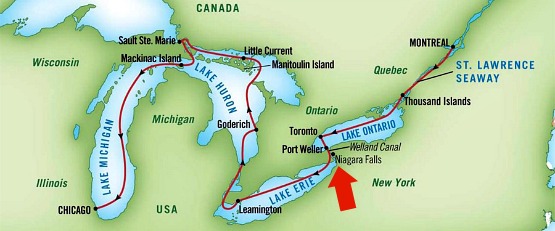
Ignore the red lines on the map
.
—James Hufnagel, Sierra Atlantic, vol. 38, fall 2011
The motto of the City of Niagara Falls should be, “Give us your toxins, your carcinogens and poisons, the wretched waste from your teeming industries.” Because we make it go away. Itís big business here:
Chemical Waste Management (CWM), Love Canal, and other Superfund sites too numerous to list. Don’t eat more than one fish a month out of the Niagara River or Lake Ontario, because they’re lousy with dioxin and mercury, the legacy of toxic landfills that have been slowly leaching into our water supply for decades.
Despite all the cancer deaths, birth defects, the detrimental effects on our tourism and agricultural industries, the Niagara Falls Water Board is poised to accept “frack” water from Ohio, Pennsylvania and New York for treatment and discharge into the Niagara River. The river empties into Lake Ontario, from which tens of millions of people, including those living in Rochester and Toronto, draw their drinking water.
The water board has been paying a public relations firm, E3 Communications of Buffalo and Albany, $4,000 a month to develop a campaign to persuade us to open wide for the frack wastewater.
Meanwhile, a high-level source has confirmed that Paul Drof, executive director of the water board, was summoned to Albany in July by Gov. Andrew Cuomo to finalize plans for the importation of toxic “frack” water.
It was also revealed that the Cuomo administration and the water board are jointly considering implementation of a massive new transportation scheme to facilitate this latest effort to capitalize on the Niagara area’s willingness to shoulder the toxic waste disposal burden for the entire state.
If plans move forward, a Buffalo Avenue facility will be receiving scores, possibly hundreds, of tanker trucks on a daily basis laden with the frack water, which is awaiting an official determination by the state Department of Environmental Conservation (DEC) as to whether it should be classified as “hazardous waste” due to its radioactivity and carcinogens. Cuomo is said to be heavily advocating for railcar transport as well
In a related matter, an internal state government report recently leaked to the Ithaca Journal estimated the huge transportation infrastructure costs associated with fracking. Intended only for the eyes of the New York State Department of Environmental Conservation (DEC), the Department of Transportation and Cuomoís executive staff, it stated bluntly, “The potential transportation impacts are ominous … the Marcellus region will see a peak year increase of up to 1.5 million heavy truck trips … it will be necessary to reconstruct hundreds of miles of roads and scores of bridges and undertake safety and operational improvements in many areas. The annual costs to undertake these transportation projects are estimated to range … from $121 million to $222 million for local roads.”
Not to worry, though, the Cuomo administration and the water board will surely pay those costs, not us taxpayers.
The supposed advantage the Niagara Falls water treatment plant holds over those of Ohio and Pennsylvania – or elsewhere in New York, for that matter – is the use of activated carbon to remove contaminants. However, the ability of the facility to remove the hundreds of chemical additives, radioactive substances and petrochemical waste contaminants is highly open to question.
The DEC lists on its website some of the components of “frack” water: potassium chloride to reduce friction; glutaraldehyde, which is a “biocide” used to kill plants and microorganisms; hydrochloric acid to prevent drilling mud damage; N-dimethyl formamide to prevent well corrosion; various petroleum distillates to reduce friction; and ethylene glycol, better known as antifreeze
Energy in Depth, an industry group, also lists polyacrylamide, a potent neurotoxin. In addition, the millions of gallons of frack water returning back up the average gas well bring to the surface heavy metals, arsenic, and radioactive radium and uranium from deep rock layers.
There are no national or state standards for what gas drillers can add to frack water before injecting it into a well, since Congress exempted frack water from regulation by the 2005 Safe Drinking Water Act.
A 2011 report released by the House Energy and Commerce Committee listed 750 additives, 29 of which are known carcinogens, that are routinely used by the scores of gas drillers who are poised to ship their toxic frack wastewater to Niagara Falls for treatment and discharge into the Niagara River.
A nationally recognized expert in the field of municipal water treatment and wastewater management is deeply skeptical about the ability of the water boardís plan to effectively remove contaminants from gas drilling frack water.
Walter Hang is president of Toxic Targeting, Inc., an Ithaca-based consulting firm. Toxic Targeting is not some tree-hugger organization dedicated to advancing burdensome regulations and killing jobs. Using cutting-edge mapping and database technologies, Toxic Targeting supplies information to business, government and private individuals engaged in property evaluation, regional planning and mortgage risk management with respect to proximity to superfund, toxic dump and brownfield sites.
With over 40 years of experience evaluating the efficacy of wastewater management processes and facilities, Hang has served as a consultant for 60 Minutes and The New York Times on the subject of water pollution, and is the author of The Ravaged River: Toxic Chemicals in the Niagara River, published in 1981.
Hang contends that the Niagara Falls treatment facility is incapable of effectively filtering many of the toxic compounds, which vary according to the unique recipes of scores of different drillers.
“There is no place in the country as lax as Niagara Falls with respect to regulatory violations involving water quality,” Hang told me. “The granular activated-carbon process is inadequate for filtering and removing the frack constituents.”
Pretreatment of wastewater, which is ordinarily performed by the industrial source, is designed to remove 85 percent of contaminants. But pretreatment of frack wastewater is inadequate or nonexistent when it is delivered by the drillers, most of whom are headquartered in Texas, Oklahoma and Louisiana.
Hang also described how toxic waste from Niagara Falls landfills is easily detected in the drinking water of Niagara River communities such as Canadaís Niagara-on-the-Lake, and how these compounds primarily transport and concentrate along the south shoreline of Lake Ontario.
.
James Hufnagel, a member of the Atlantic Chapter’s Niagara Group, writes for the Niagara Falls Reporter, from which this article is adapted.


